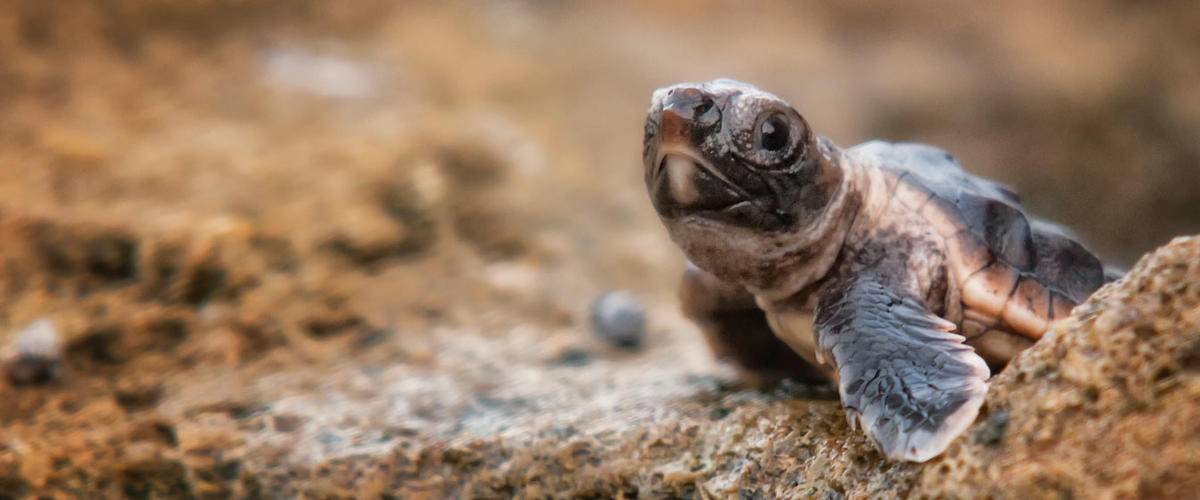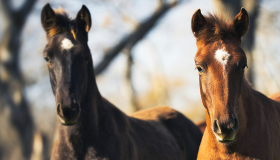
DENVER/February 17, 2022 – A therapy used to treat human drug overdose patients is effective in treating sea turtles suffering from toxic red tide exposure. That’s the conclusion of a recent research paper published by Morris Animal Foundation-funded researchers from Loggerhead Marinelife Center (LMC).
The team noted that sea turtles treated with intravenous lipid emulsion (ILE) had improved survival. They published their findings in Scientific Reports.
Red tides are caused by a harmful algal species that releases potent neurotoxins, known as brevetoxins, into the surrounding water. Brevetoxins bind to fats and exposure to the toxins causes neurological symptoms in affected animals, such as spasming and disorientation. This can lead to mass strandings and the deaths of many species of marine animals, including sea turtles.
“Red tides are not going away,” said Dr. Justin Perrault, the study’s Principal Investigator and the paper’s first author. “They’re getting more intense, they last longer, and we now see them every year. ILE therapy can help us successfully treat more sea turtles suffering from brevetoxicosis.”
Intravenous lipid emulsion involves placing a needle in a turtle’s neck and dripping the lipid emulsion directly into the turtle’s bloodstream. The brevetoxins combine with these lipids and are then eliminated safely from the body. ILE therapy can significantly shorten hospitalization times and improve survival, as well as be cost-effective for resource-strained rehabilitation facilities.
ILE therapy was first pioneered in human medicine for drug overdose cases. It’s proven to have a positive effect clearing the body of lipid-soluble drugs, such as cocaine, as well as numerous anti-depressants and anti-psychotics.
Because of the excellent response noted in sea turtles, ILE has now been used to treat sea birds affected by brevetoxins, with encouraging results.
“This study will have a significant positive impact on the treatment of sea turtles affected by red tides,” said Dr. Janet Patterson-Kane, Morris Animal Foundation Chief Scientific Officer. “The results also lay the groundwork for ILE use in other animal species suffering from brevetoxicosis.”
About Morris Animal Foundation
Morris Animal Foundation’s mission is to bridge science and resources to advance the health of animals. Founded in 1948 and headquartered in Denver, it is one of the largest nonprofit animal health research organizations in the world, funding more than $142 million in critical studies across a broad range of species. Learn more at morrisanimalfoundation.org.




